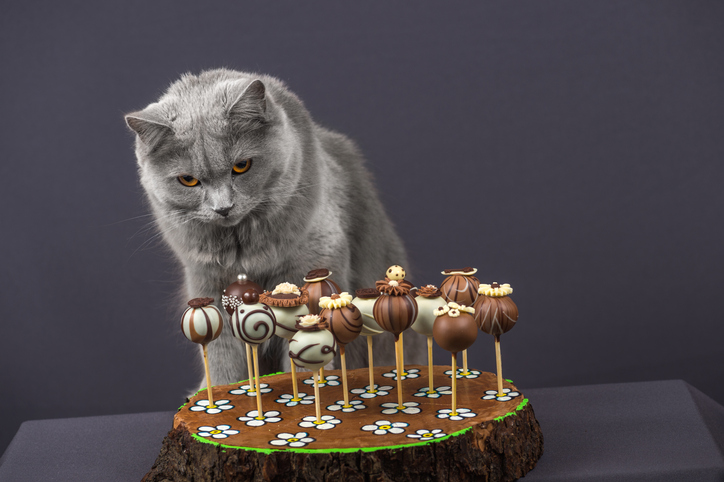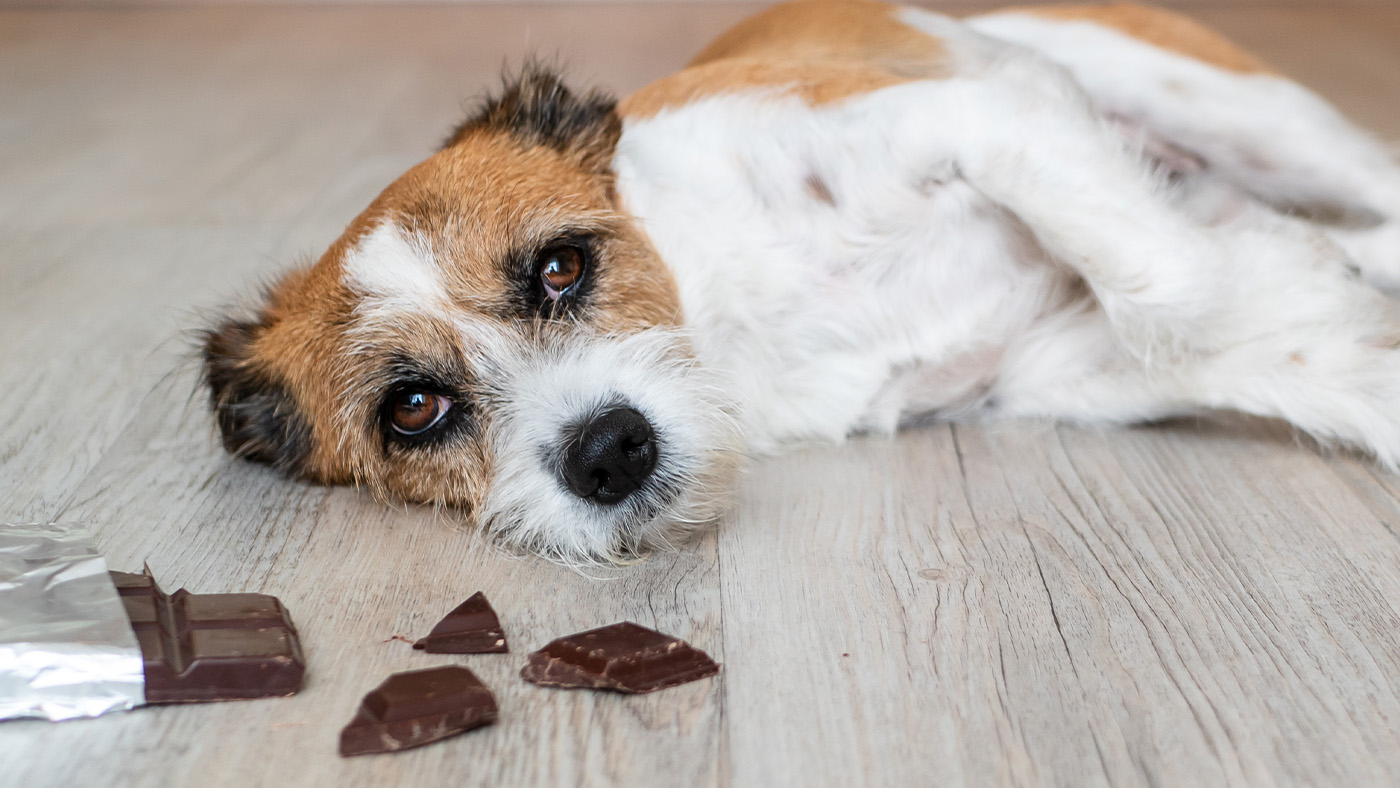Can cats eat chocolate?
Feel like treating your purr-fect pal to something tasty? You may be asking "can cats eat chocolate?" Let's take a look

Treating your cats can be a real pain, especially if you start asking yourself "can cats eat chocolate? Even when you’ve done plenty of research into the best cat food for your feline buddy, watching them eat the same food day in day out might cause you to worry. After all, don’t they deserve a bit of variety? Won’t they get bored? It’s natural to want to spoil your cat now and then, but are cat treats healthy? Well, before you start searching your kitchen for a tasty treat to offer your cat, remember that not all human foods are safe for your cat to eat.
So, how do you know which human snacks your cat can eat? Well, here are 5 human foods that are poisonous to cats. But what about chocolate – can cats eat chocolate? Read on to find out.
- Can cats eat cheese?
- Can cats eat dog treats? A vet's guide to whether dog treats are bad for cats
- Can cats eat dog food? A vet's guide to whether dog food is bad for cats
Can cats eat chocolate?
Although many humans love to eat chocolate as a treat, you should never feed chocolate to your cat. As well as containing theobromine and caffeine, which are toxic to cats, chocolate contains other substances which could make your cat unwell.
Chocolate contains a lot of sugar and is high in calories, so even if it weren’t poisonous, it still wouldn’t be a healthy choice for your cat. Rather than having any health benefits, it would cause them to gain extra weight, making them prone to health problems like diabetes and heart disease. Some chocolate brands will also contain milk, which could cause your furry friend to have an upset stomach due to the lactose.
Why is chocolate bad for cats?
The main reason why chocolate is bad for cats is that it contains theobromine. This chocolatey compound is poisonous to cats and can affect the guts, liver, heart, and brain. Sadly, if your cat eats even a small amount of chocolate, it can be life-threatening. Symptoms of chocolate poisoning include vomiting and diarrhoea, seizures, tremors, rapid breathing, and hyperactivity. Symptoms often progress quickly, so cats who have eaten chocolate can soon become very unwell, fall into a coma, or even die. Although high-quality dark chocolate contains the most theobromine, it’s important to remember that it is also contained in milk chocolate.
And it’s not just chocolate bars and buttons that are a concern; any biscuits, cakes, or other foods containing chocolate will also contain theobromine.
What to do if your cat eats chocolate
If you’ve seen your cat eat some chocolate and you couldn’t get there in time to stop them, you should call your veterinary clinic immediately. Chocolate poisoning is much easier to treat before the chocolate is digested and absorbed, so don’t wait to see if your cat develops symptoms before getting help. Your veterinarian will be able to make your cat sick so that they bring up any chocolate that’s left in their stomach. They can also give a medication to prevent any further absorption of the chocolate.
If you’re not sure whether your cat has eaten chocolate, but they have similar symptoms and may have had access to chocolate, you’ll also need an urgent appointment with the veterinarian. Once symptoms have developed, chocolate poisoning is harder to treat, but your vet might recommend putting your poorly puss on a fluid drip and medications to support the liver and prevent seizures.
Cats are usually far more picky than dogs about what they put in their mouths. However, chocolate can be very tempting, and even cats sometimes have a momentary lapse of judgement! So, it’s important to keep chocolate somewhere secure so that even the most adventurous cat cannot reach it. But if the worst should happen, and you suspect your cat might have got their paws on some food containing chocolate, you should contact your veterinarian for advice straight away.
Read next: Can cats eat strawberries?
PetsRadar Newsletter
Get the best advice, tips and top tech for your beloved Pets
Dr Hannah Godfrey is a small animal vet who graduated from the Royal Veterinary College in 2011 and began work straight away at a busy mixed practice. Initially, she treated all species, but focussed on small animals from 2014. She has a passion for soft tissue surgery, ultrasound, and canine and feline dentistry, having completed additional training in these areas.

